Technology will guide waste sorting at source. If people sort well, they will recycle well and limit waste increase.
Dr. Pham Viet Thuan, Director of the Institute of Natural Resources and Environment Economics (TN-MT) of Ho Chi Minh City, commented that for many years, although the city has set a roadmap to convert vehicles to rudimentary garbage collection vehicles, rudimentary vehicles are still operating and causing loss of urban beauty.
Dealing with the characteristics of small alleys
According to Dr. Pham Viet Thuan, because the majority of garbage collectors have average incomes, one of the difficulties in converting from rudimentary vehicles to garbage trucks is funding. Therefore, support policies are needed to enable garbage collectors to convert their vehicles.
In addition, garbage trucks have difficulty maneuvering in small alleys, making it difficult for garbage collectors to work. To make things easier, the city should allow garbage collectors to use powered vehicles to transport garbage from households to collection points.
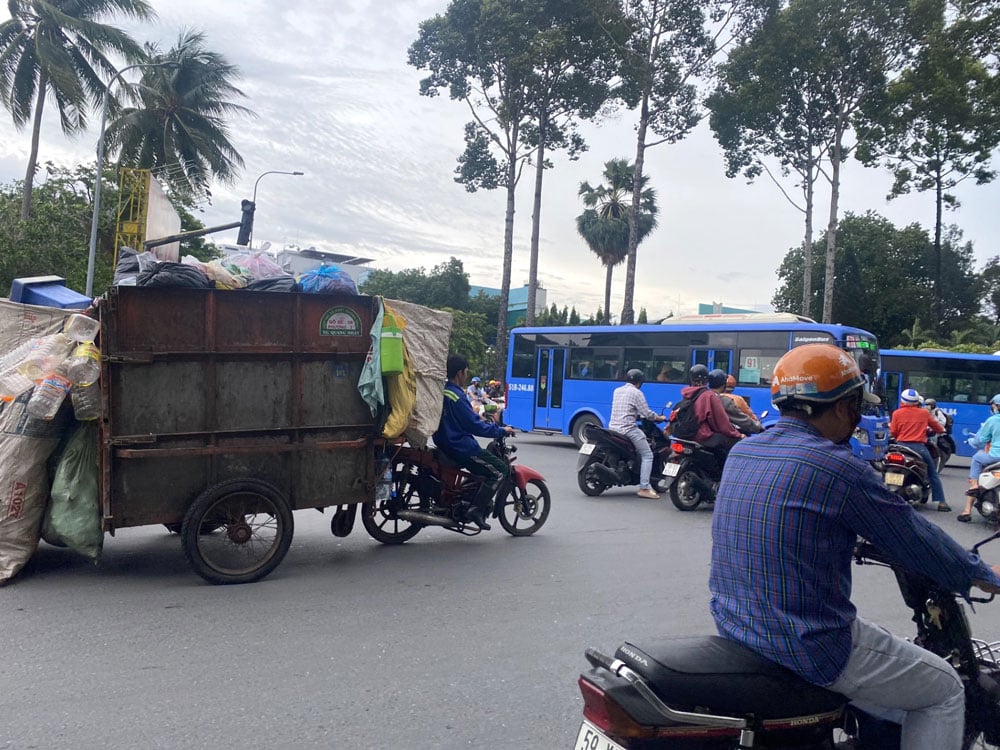
Along with support policies for garbage collectors to change their vehicles, having a collection vehicle suitable for small alleys is expected to contribute to urban aesthetics. Photo: QUOC ANH
This device, in addition to a plastic trash can, will have a seat and a steering wheel to move easily in small alleys at low speeds, without affecting traffic safety while still ensuring limited use of human power.
When the collection equipment is full of garbage, the collector will take it to the alley entrance, where the large compactor truck will receive it. "How to arrange the compactor truck is a matter that the Department of Natural Resources and Environment and the locality need to coordinate. In particular, it is possible to regulate the time for the compactor truck to collect garbage to avoid affecting traffic" - Dr. Thuan expressed his opinion. He also affirmed that the current expansion of the vehicle causes unsanitary conditions and affects the urban beauty, so using standard collection equipment will avoid such a messy image.
Technology application
According to research, in addition to the amount of solid waste that can be recycled through market mechanisms, Ho Chi Minh City generates about 9,700 tons of domestic solid waste every day, all of which are collected and transported to the city's centralized treatment plants.
Ms. Nguyen Thi Thanh My, Deputy Director of the Department of Natural Resources and Environment of Ho Chi Minh City, informed that of the nearly 10,000 tons above, 33% were treated by incineration technology, compost production... the remaining 67% were buried hygienically. The city is carrying out procedures to deploy investment in many waste-to-energy plants.
Recently, Tam Sinh Nghia Company has restarted the waste incineration power generation project with a processing capacity of 2,000 tons/day. Another waste incineration power generation project is also completing the final procedures to start construction with a capacity of 2,000 tons of waste/day.
In addition, the city has many projects to convert technology to waste incineration to generate electricity. The work of calling for investment in waste incineration to generate electricity projects under the PPP form is also being carried out in parallel.
To facilitate the above work, according to Ms. Nguyen Thi Thanh My, Ho Chi Minh City has proposed the Ministry of Natural Resources and Environment to support and consult with the Prime Minister and the Ministry of Industry and Trade on prioritizing the increase in the scale of Ho Chi Minh City's waste-to-energy source from the current 123 MW to at least 240 MW to match the current status of implementing waste treatment plant projects using the city's incineration technology to generate electricity.
Another proposal is that the Ministry of Natural Resources and Environment coordinate with the Ministry of Transport to research and advise competent authorities to issue model regulations for standard domestic solid waste collection vehicles, including vehicles suitable for deep and long alleys.
Multi-tasking
In the immediate future, in order to overcome the backlog of household waste at some locations, routes, and transfer stations, Vice Chairman of Ho Chi Minh City People's Committee Bui Xuan Cuong has issued a document directing relevant units.
Accordingly, the People's Committee of Thu Duc City and districts are assigned to step up management, inspection and handling of administrative violations of illegal dumping in the area. At the same time, review and thoroughly resolve pollution spots caused by waste accumulation on streets, canals and public places.
The above units are also responsible for evaluating the transportation capacity of the current contracted transportation service provider compared to the actual situation of waste generation in the area to have a suitable plan.
Based on reviewing the actual situation of domestic solid waste generation in the locality, adjust the volume (increase/decrease) for related service supply contracts.
The Vice Chairman of the Ho Chi Minh City People's Committee assigned the Department of Natural Resources and Environment to coordinate with the Thu Duc City People's Committee and districts to strengthen the inspection and supervision of environmental sanitation at transfer stations and waste collection points to prevent and promptly resolve the situation of uncollected and untransported waste; uncovered collection vehicles, and spilled leachate.
Reviewing regulations, researching mechanisms, and providing flexible support for vehicles transporting household waste during rush hours/traffic jams to promptly move to treatment plants and waste transfer stations... are other important contents requested by Mr. Bui Xuan Cuong.
Delete the 15% figure
At a recent meeting with Ho Chi Minh City, Mr. Hoang Van Thuc, Director of the Department of Environmental Pollution Control - Ministry of Natural Resources and Environment, cited information that Ho Chi Minh City generates 15% of the total amount of domestic solid waste in the country and 100% has been collected, transported and treated.
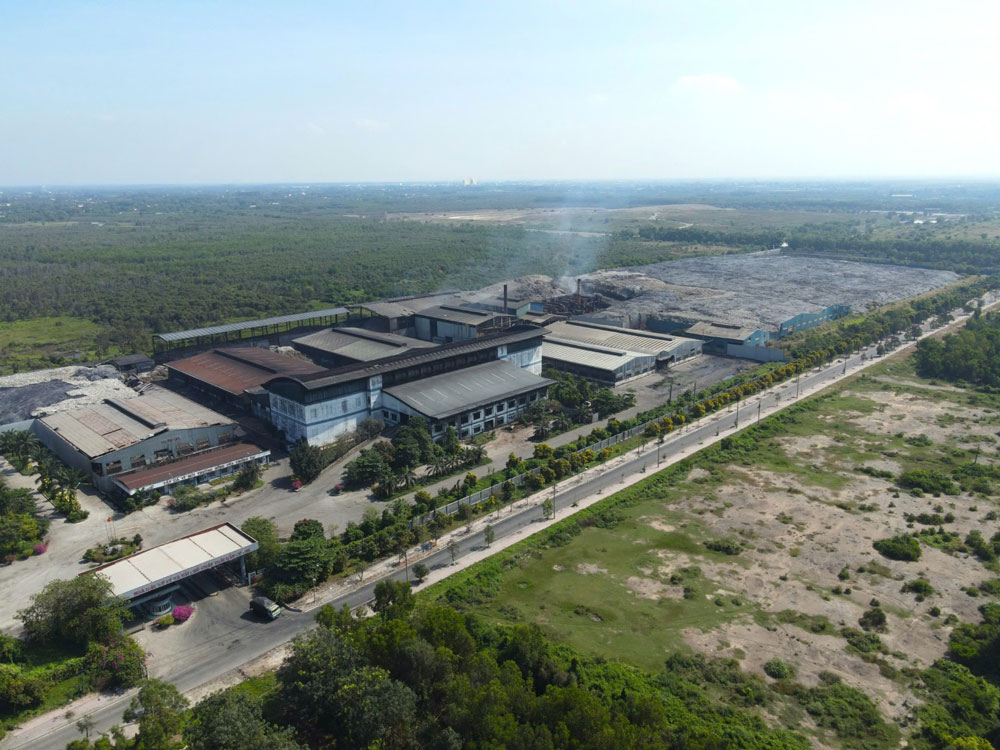
Waste treatment project of Tam Sinh Nghia Company. Photo: QUOC ANH
Mr. Thuc assessed that the city's policy of converting waste treatment technology many years ago, thereby guiding people to classify waste according to waste-to-energy incineration technology, was correct.
According to him, good classification means good recycling, so the city needs to pay attention to forming strong recycling businesses. When good classification is organized, there will be no annual increase of 10%-15% in waste.
(To be continued)
(*) See Lao Dong Newspaper from issue dated December 10
Source: https://nld.com.vn/dap-so-cho-rac-thai-chuan-hoa-phuong-tien-uu-tien-cong-nghe-196241211205054748.htm


![[Photo] President Luong Cuong hosts state reception for Brazilian President Luiz Inacio Lula da Silva](https://vstatic.vietnam.vn/vietnam/resource/IMAGE/2025/3/28/56938fe1b6024f44ae5e4eb35a9ebbdb)
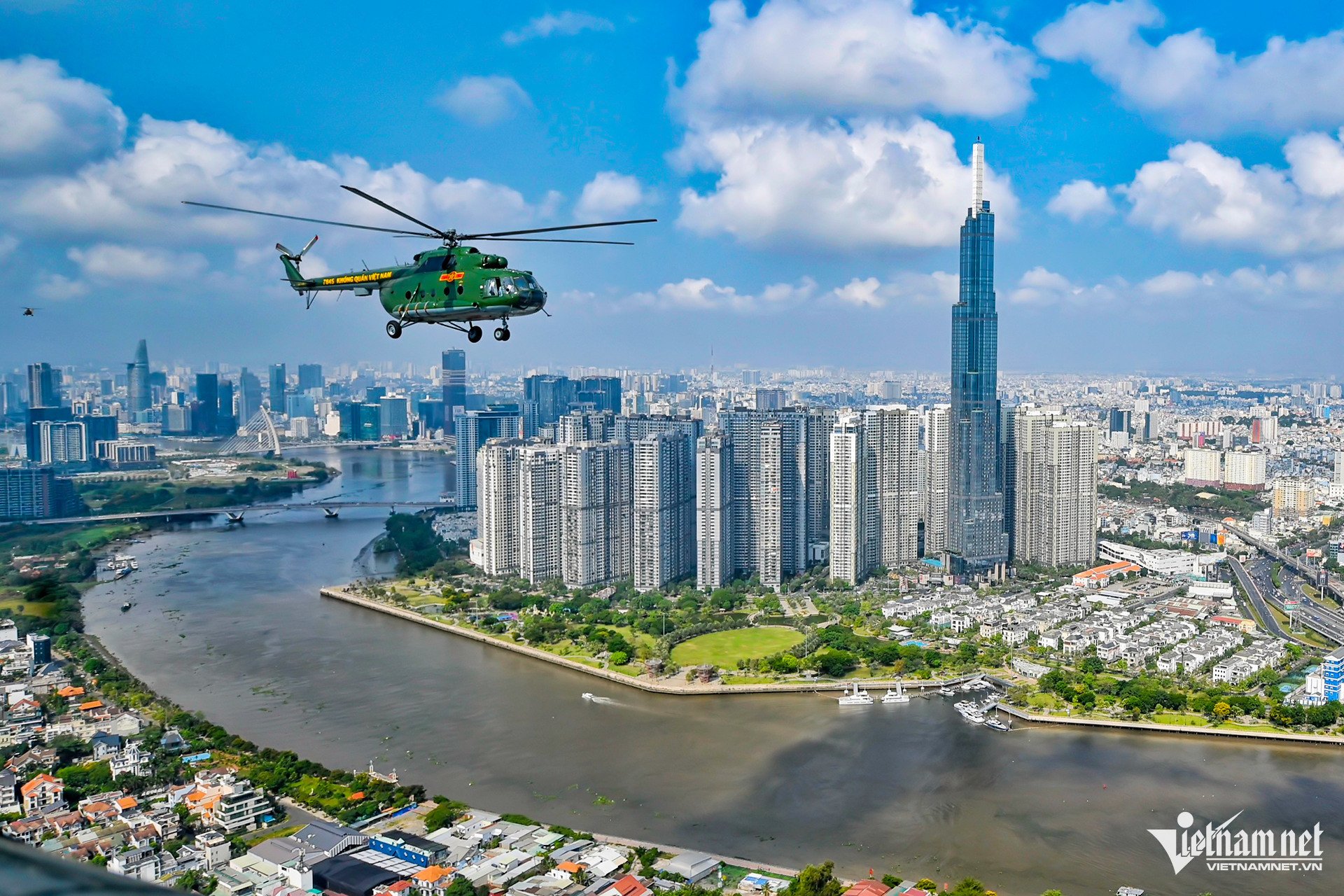
![[Photo] Helicopters and fighter jets practice in the sky of Ho Chi Minh City](https://vstatic.vietnam.vn/vietnam/resource/IMAGE/2025/3/28/3a610b9f4d464757995cac72c28aa9c6)

![[Photo] Prime Minister Pham Minh Chinh meets with Brazilian President Luiz Inacio Lula da Silva](https://vstatic.vietnam.vn/vietnam/resource/IMAGE/2025/3/28/41f753a7a79044e3aafdae226fbf213b)
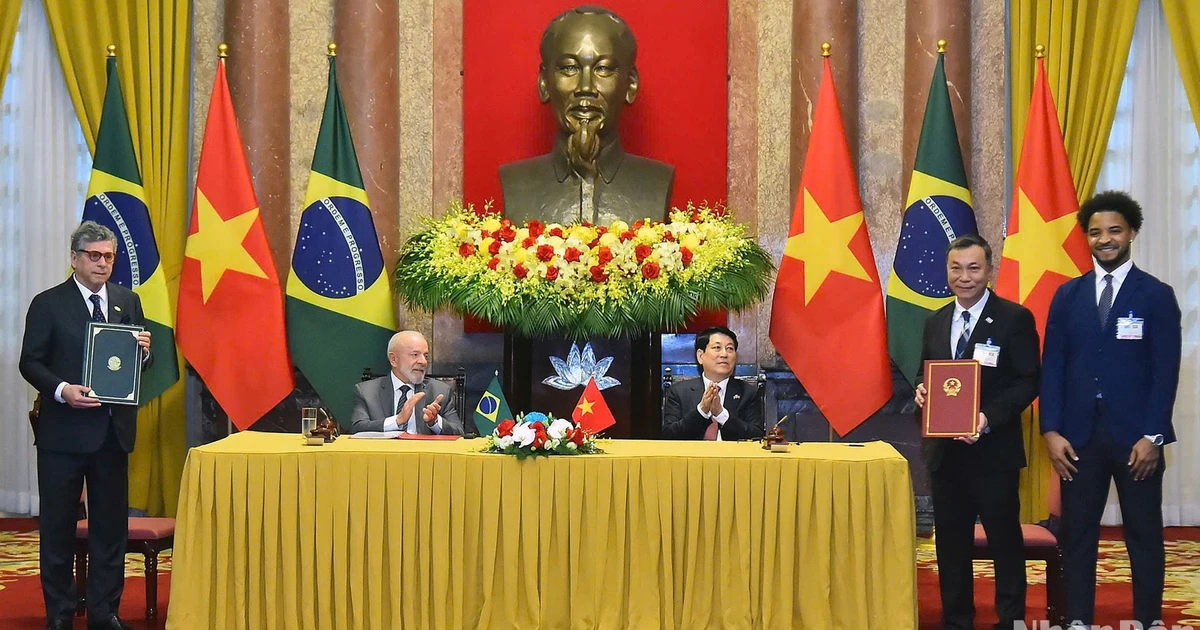
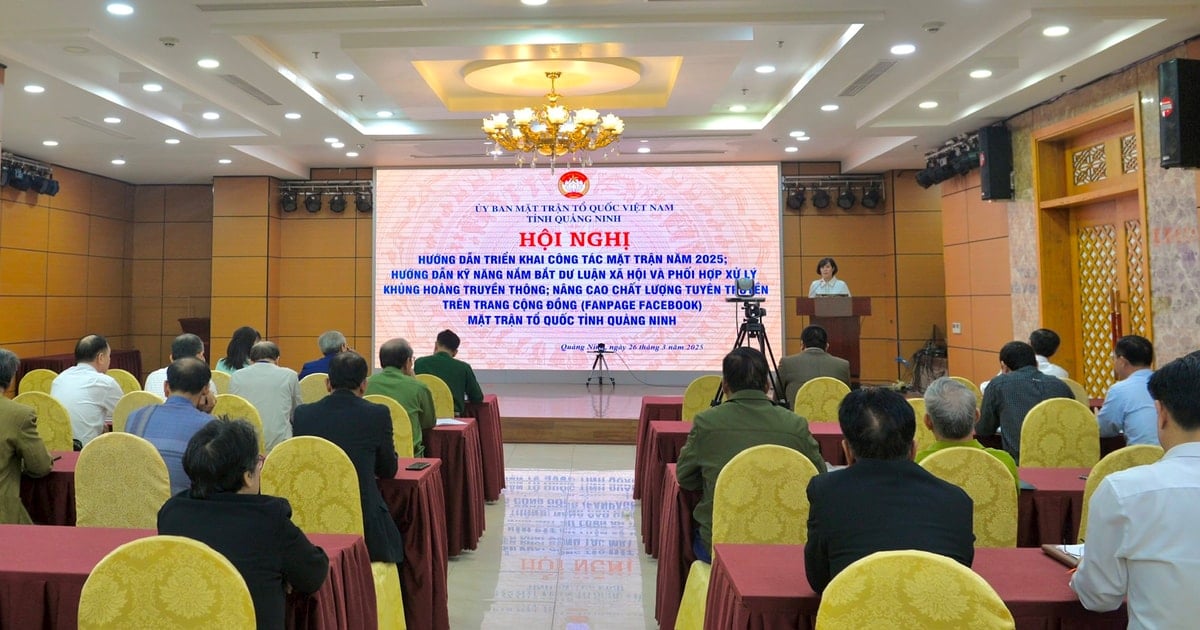

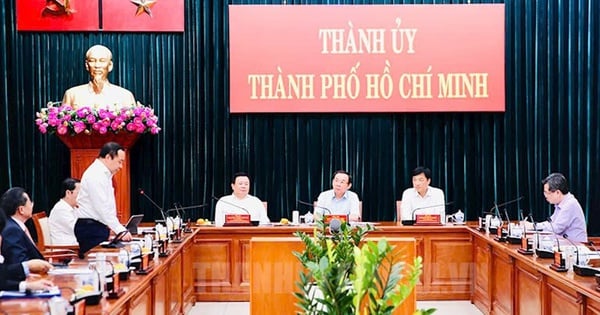
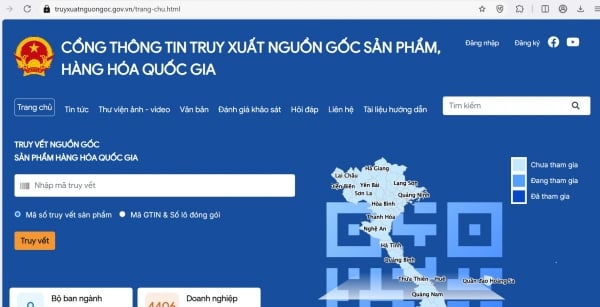
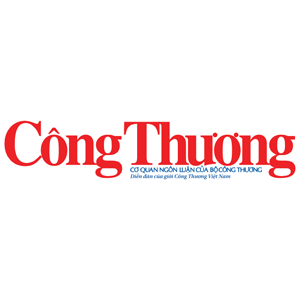
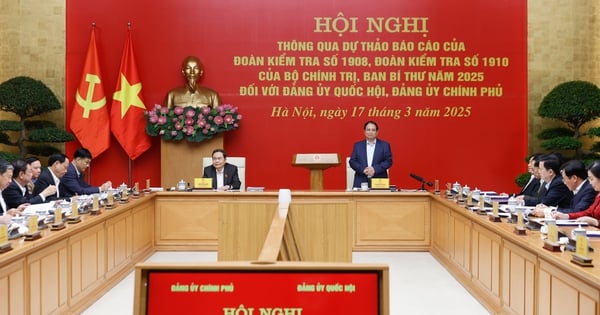
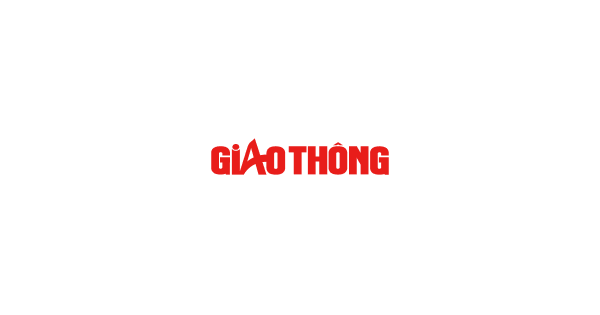


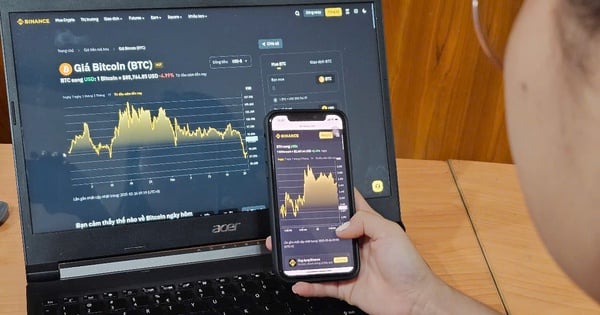
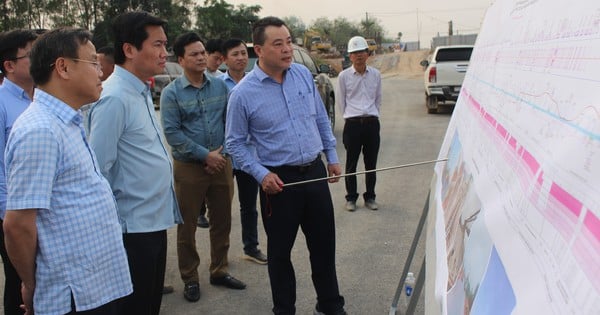
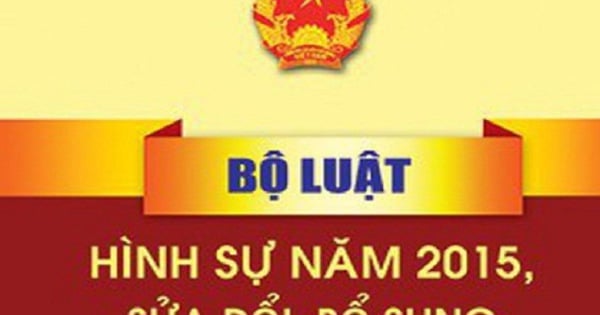
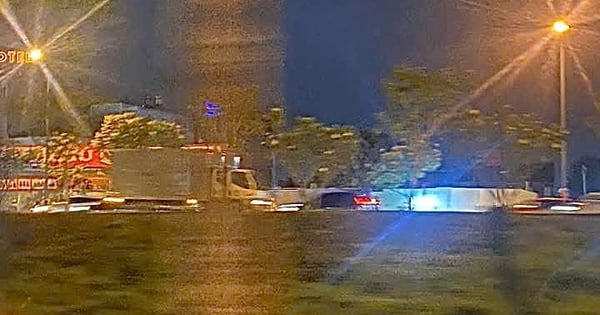
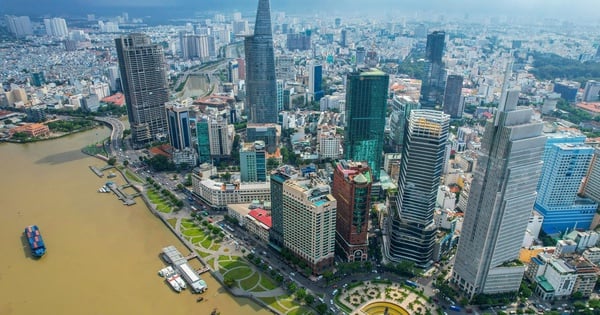
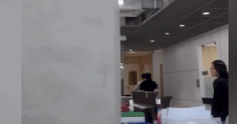
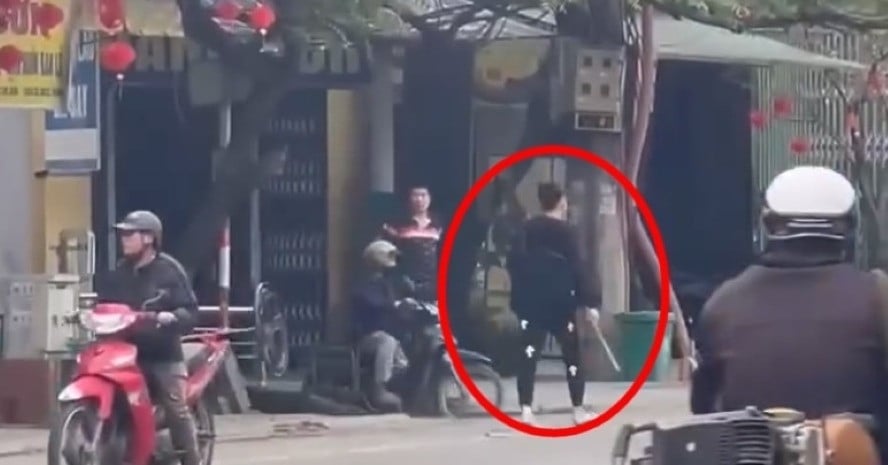





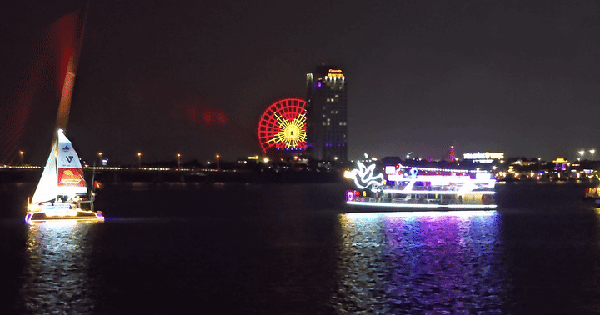
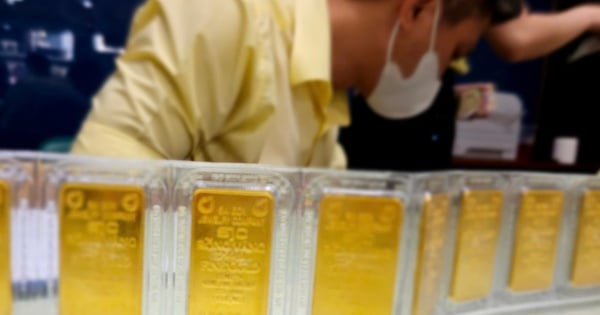
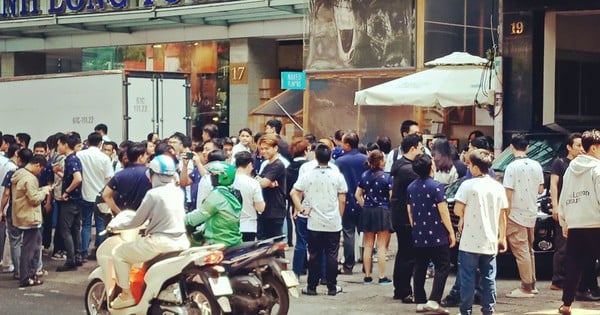

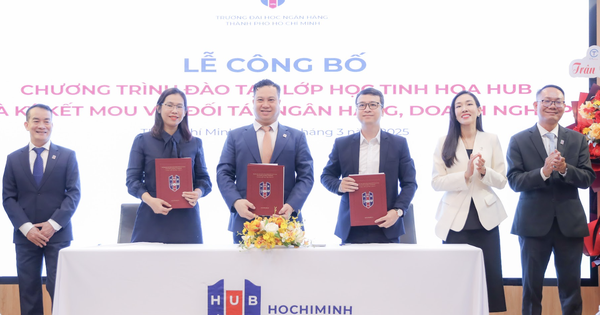

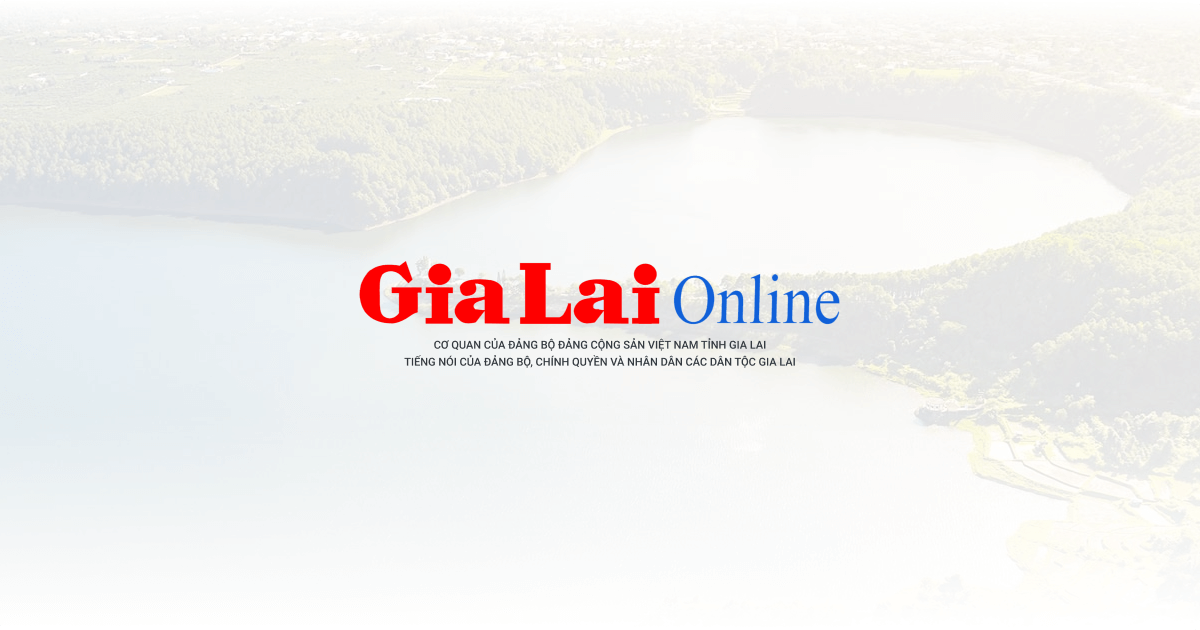
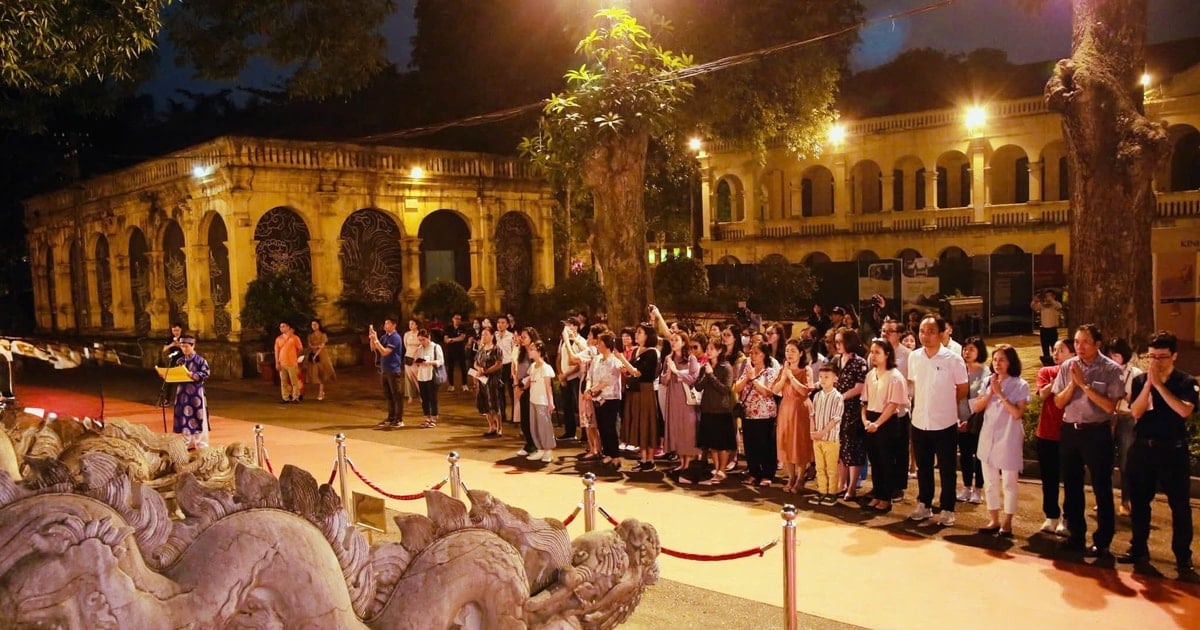
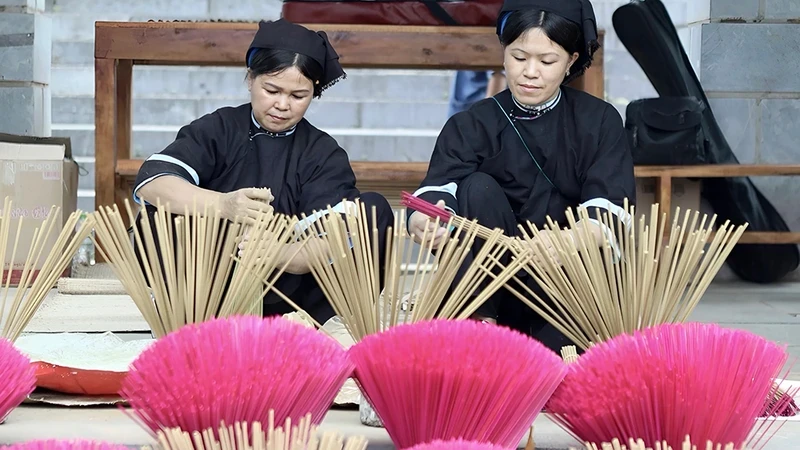

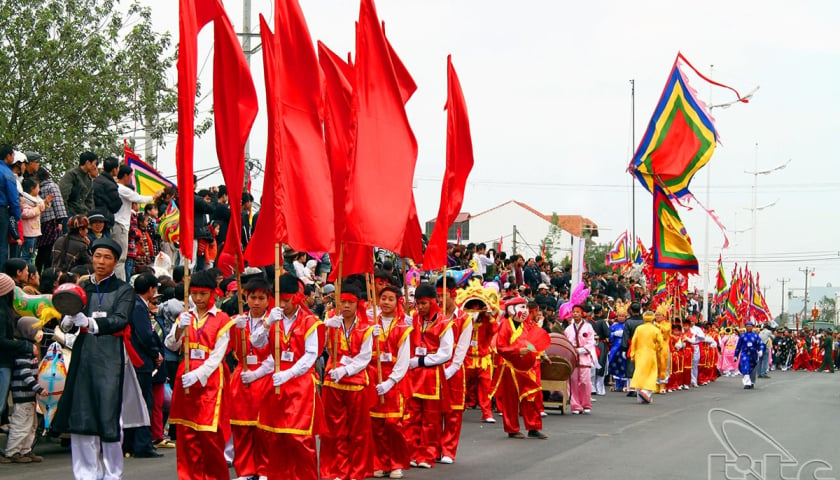



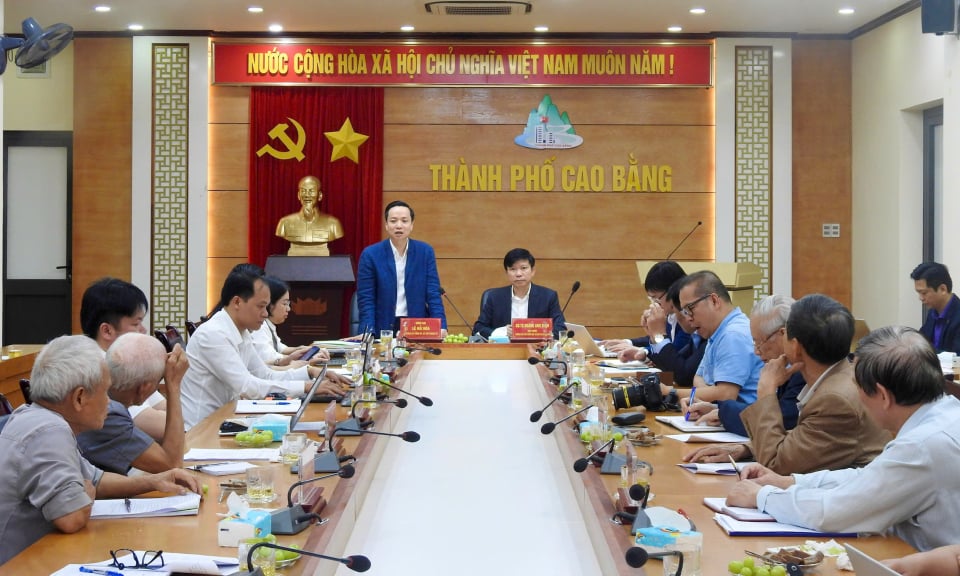

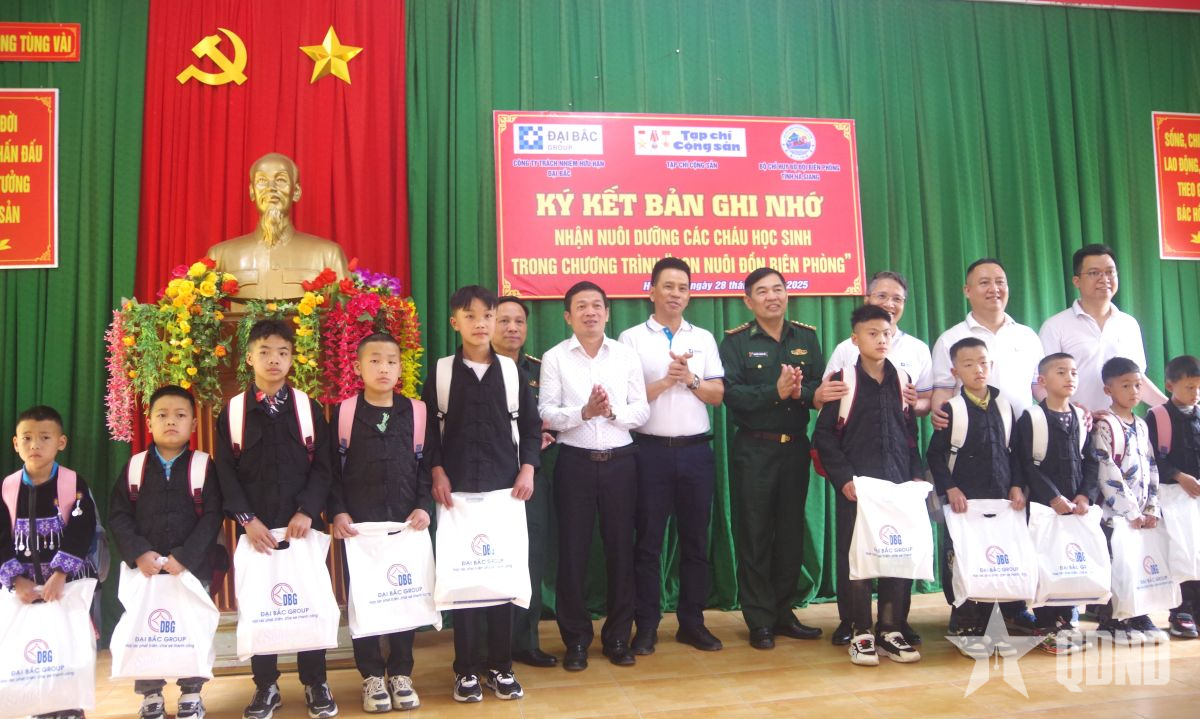
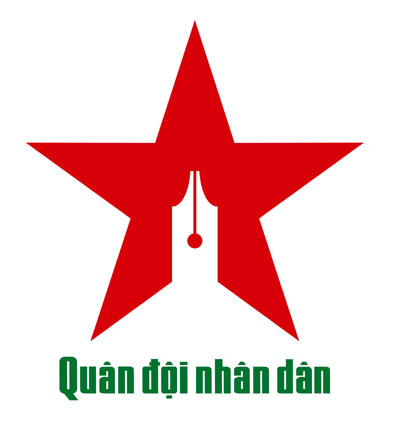



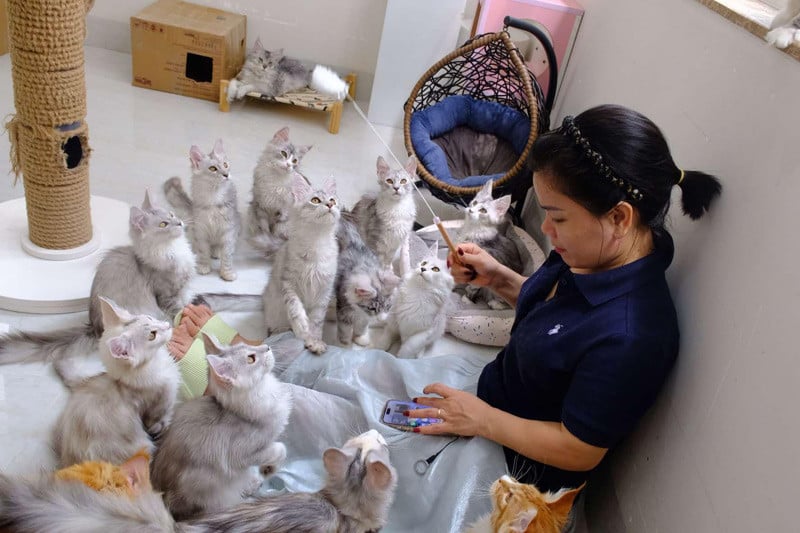
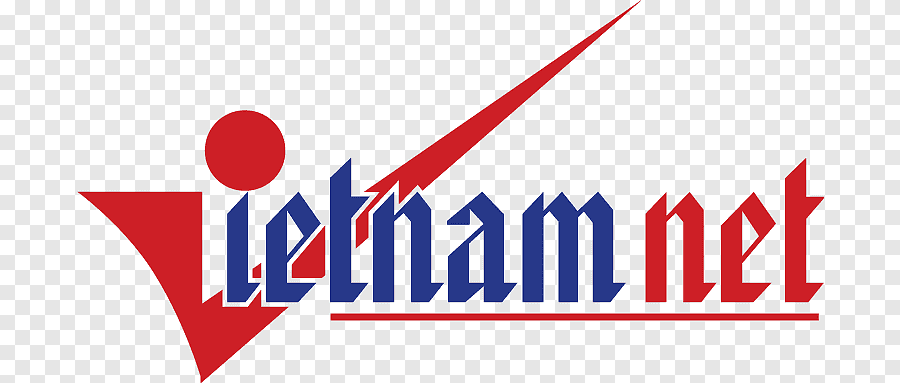
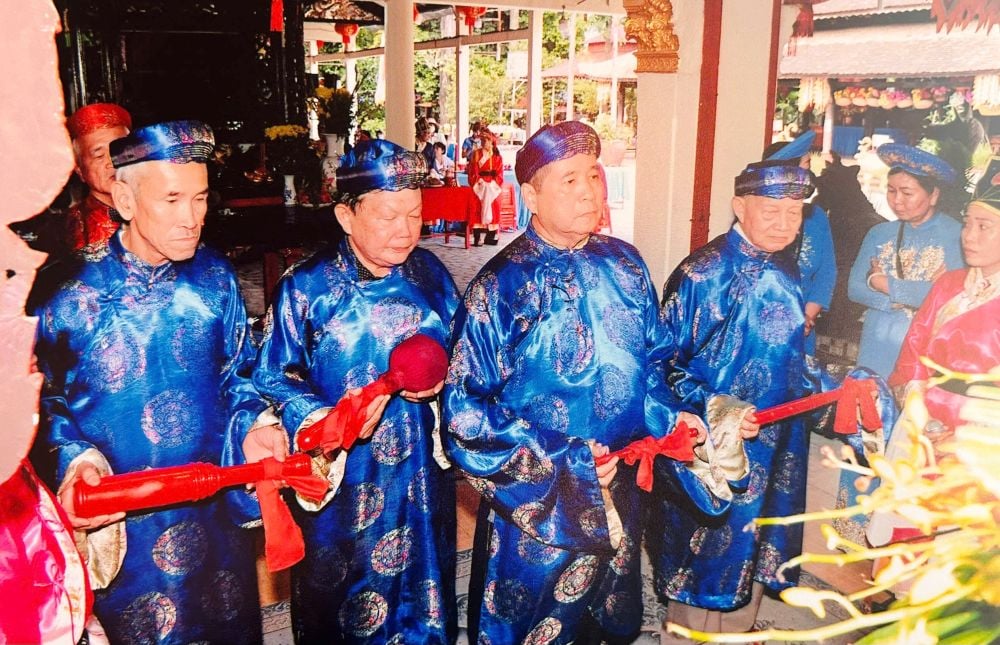

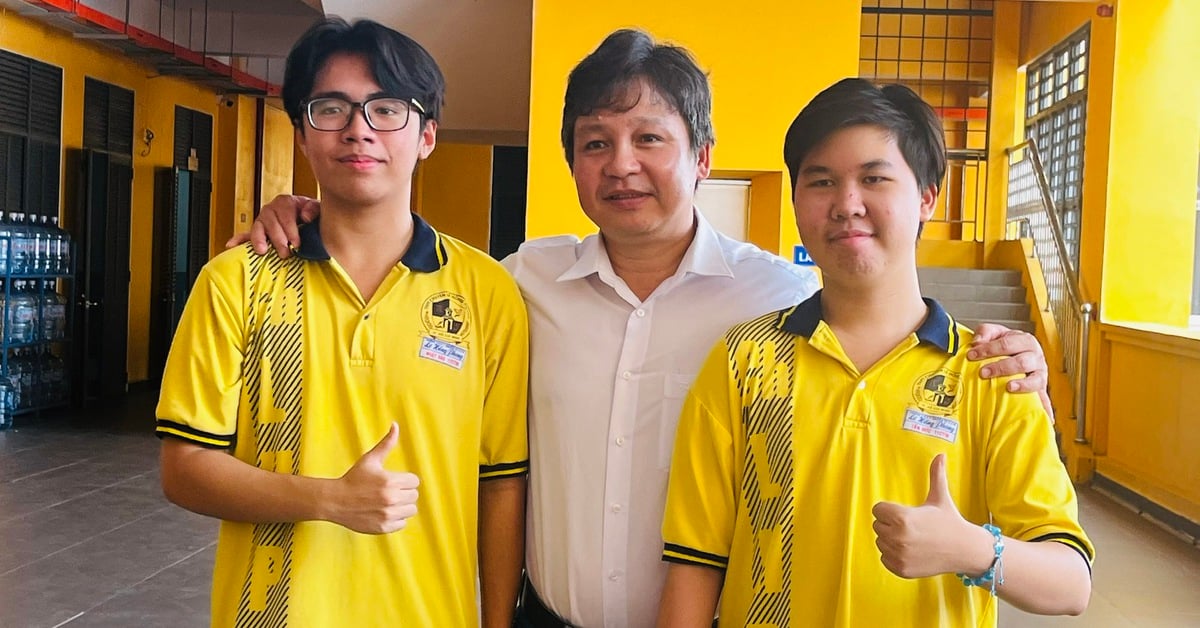




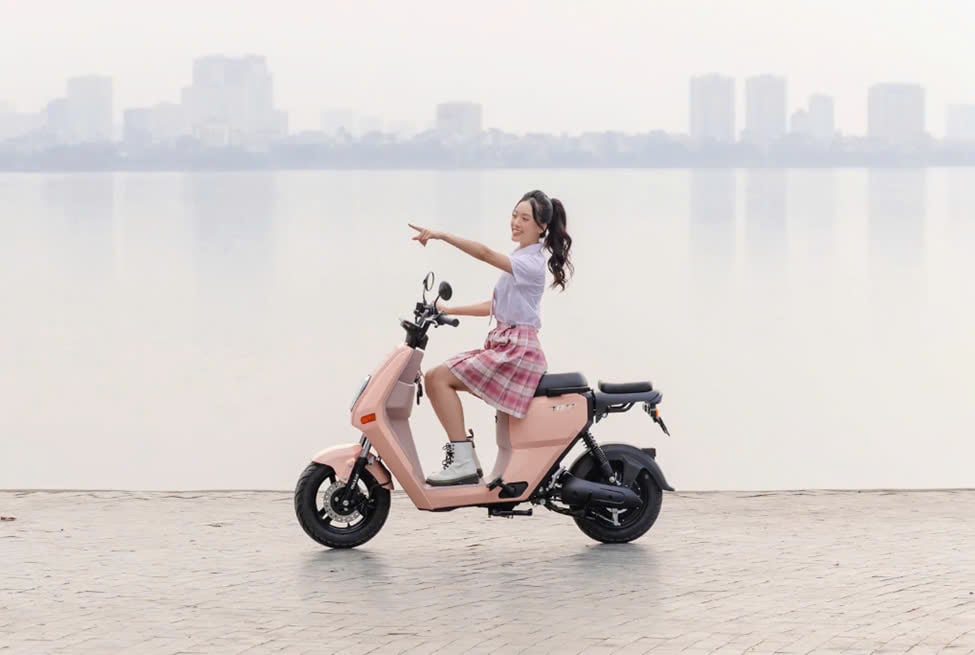
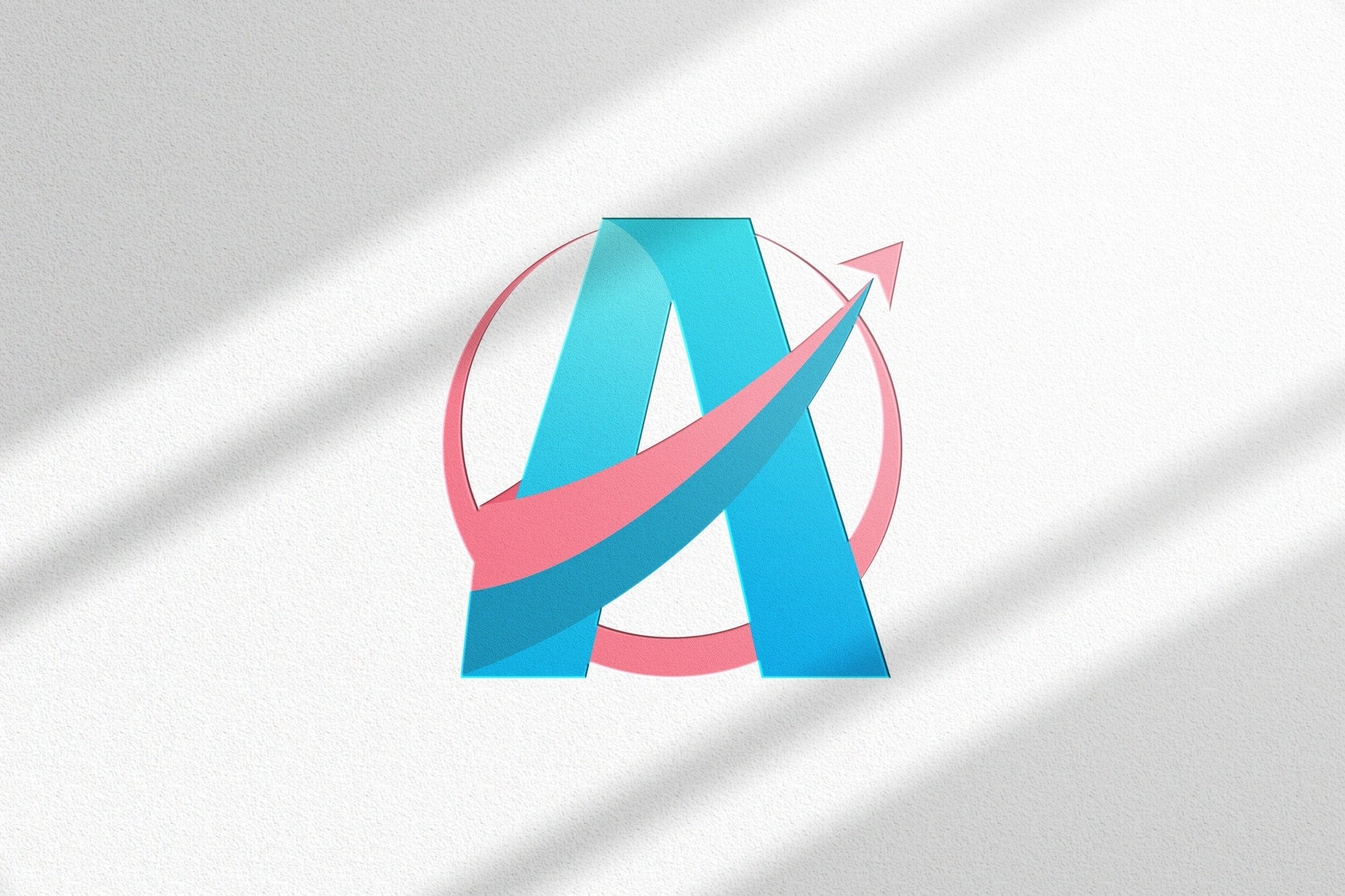
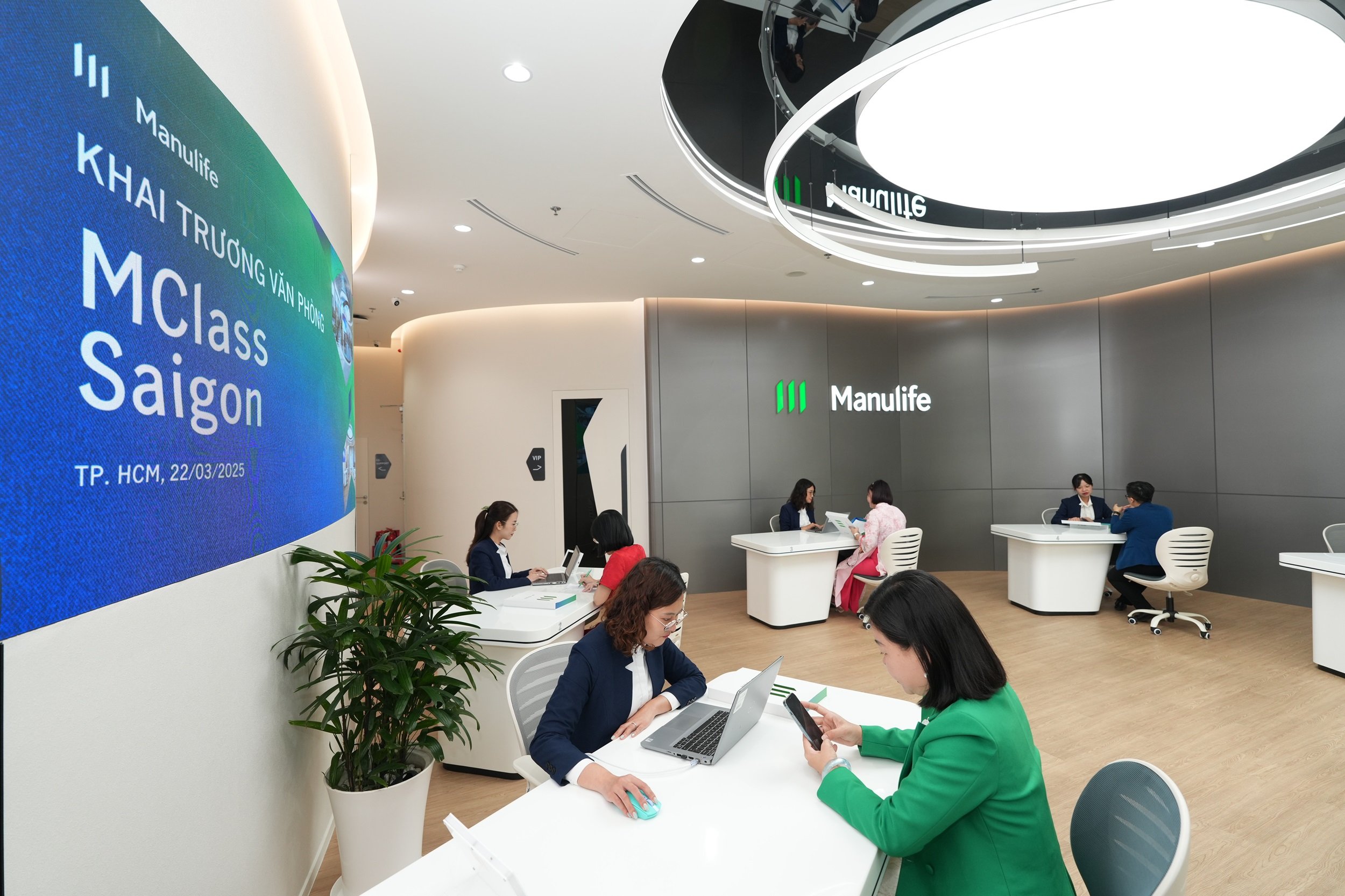
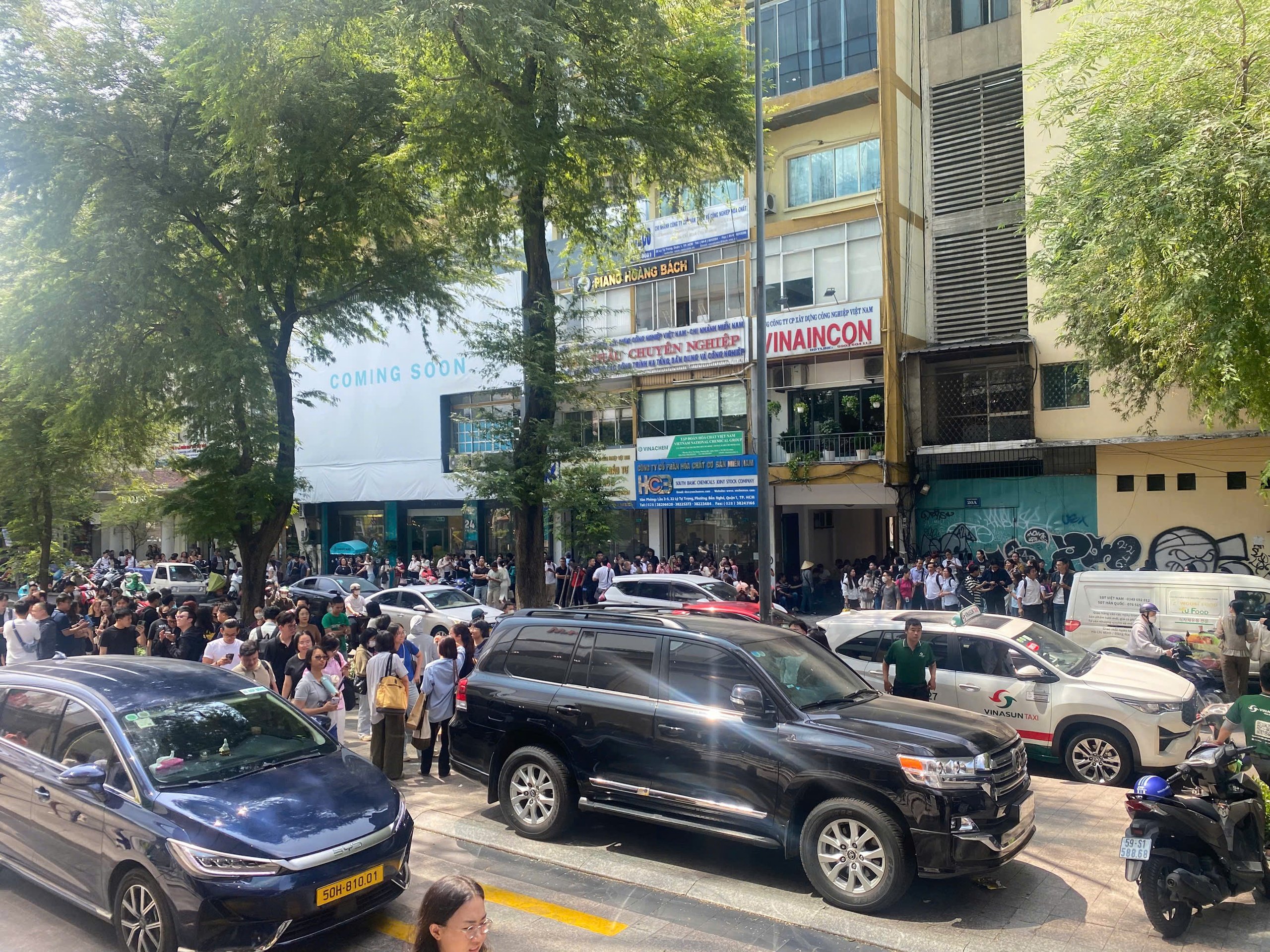
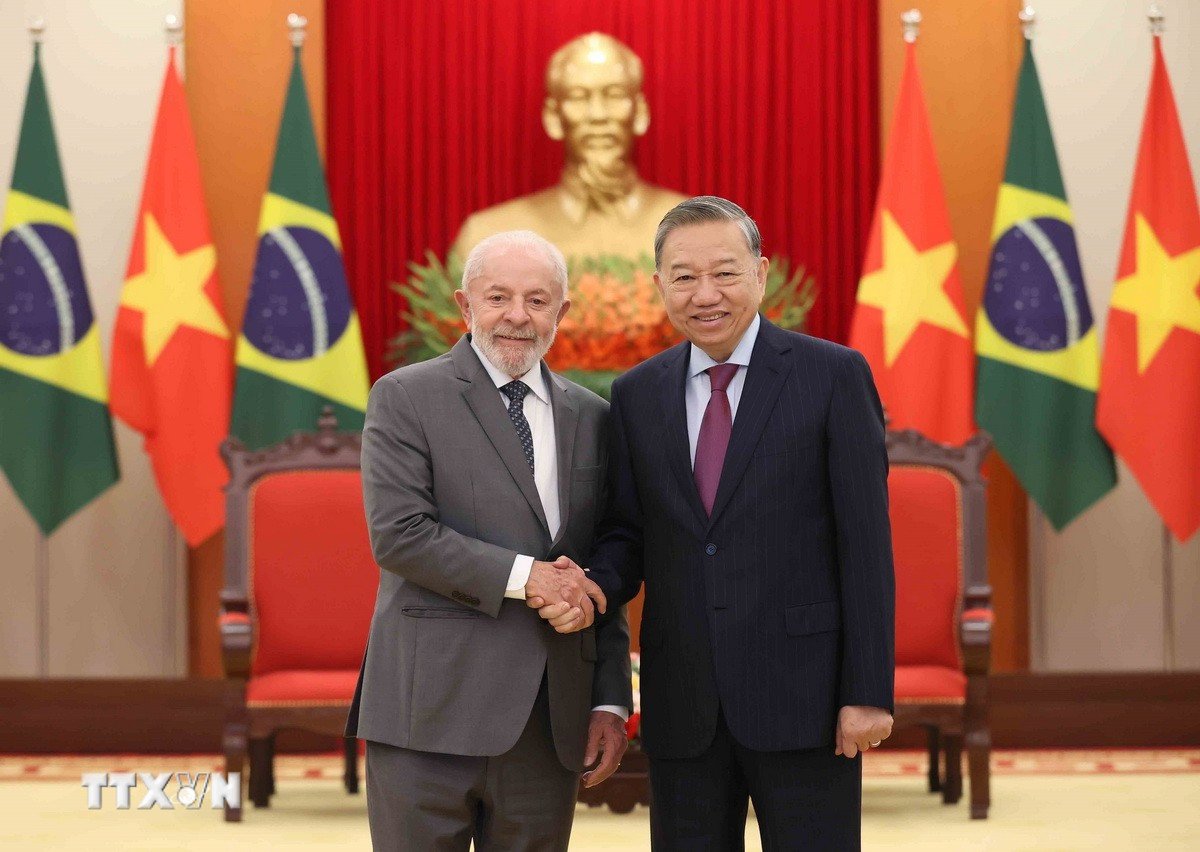


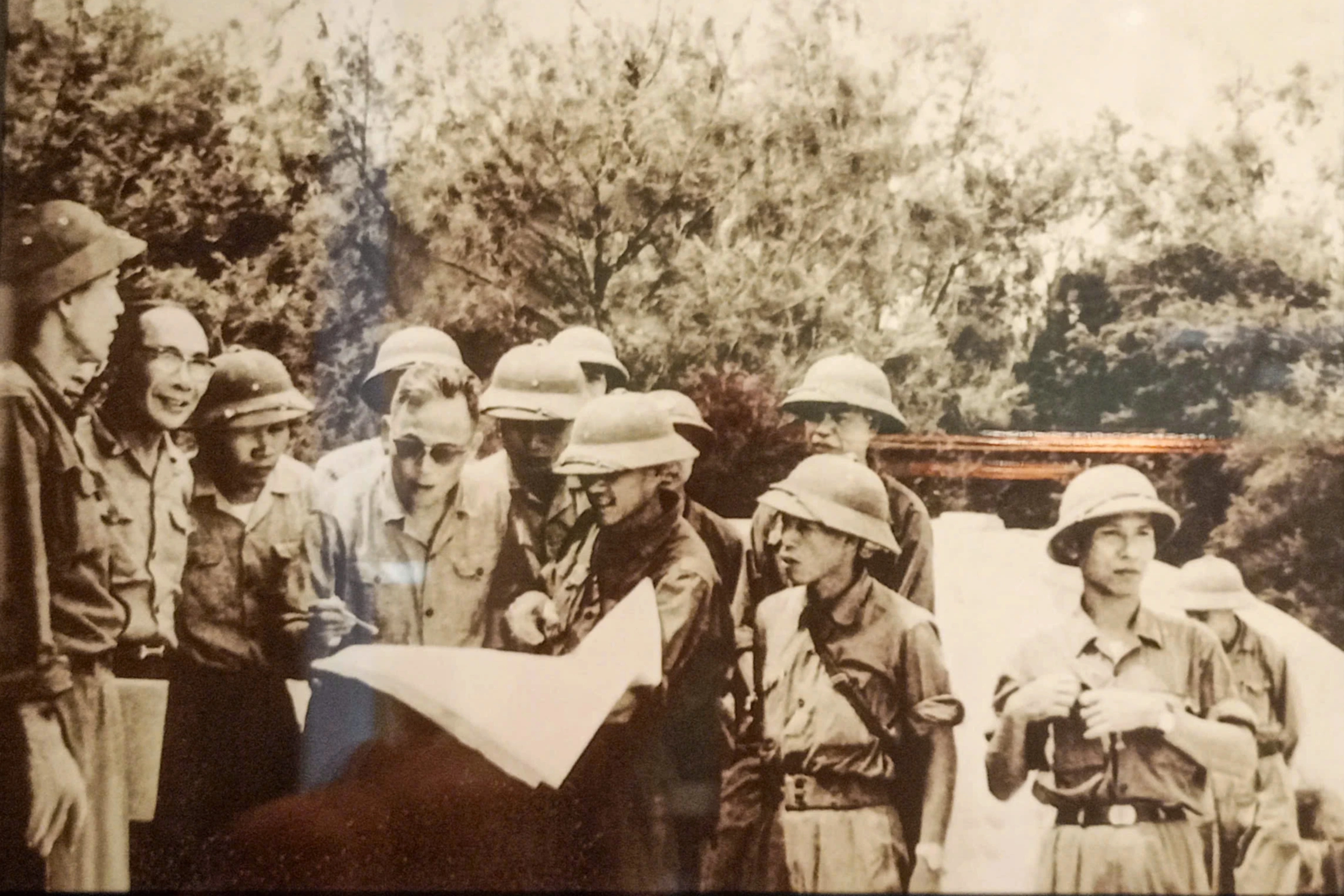
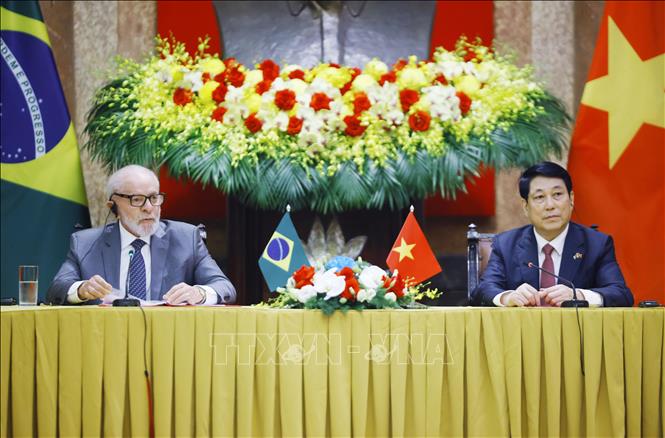
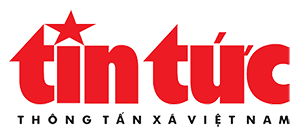
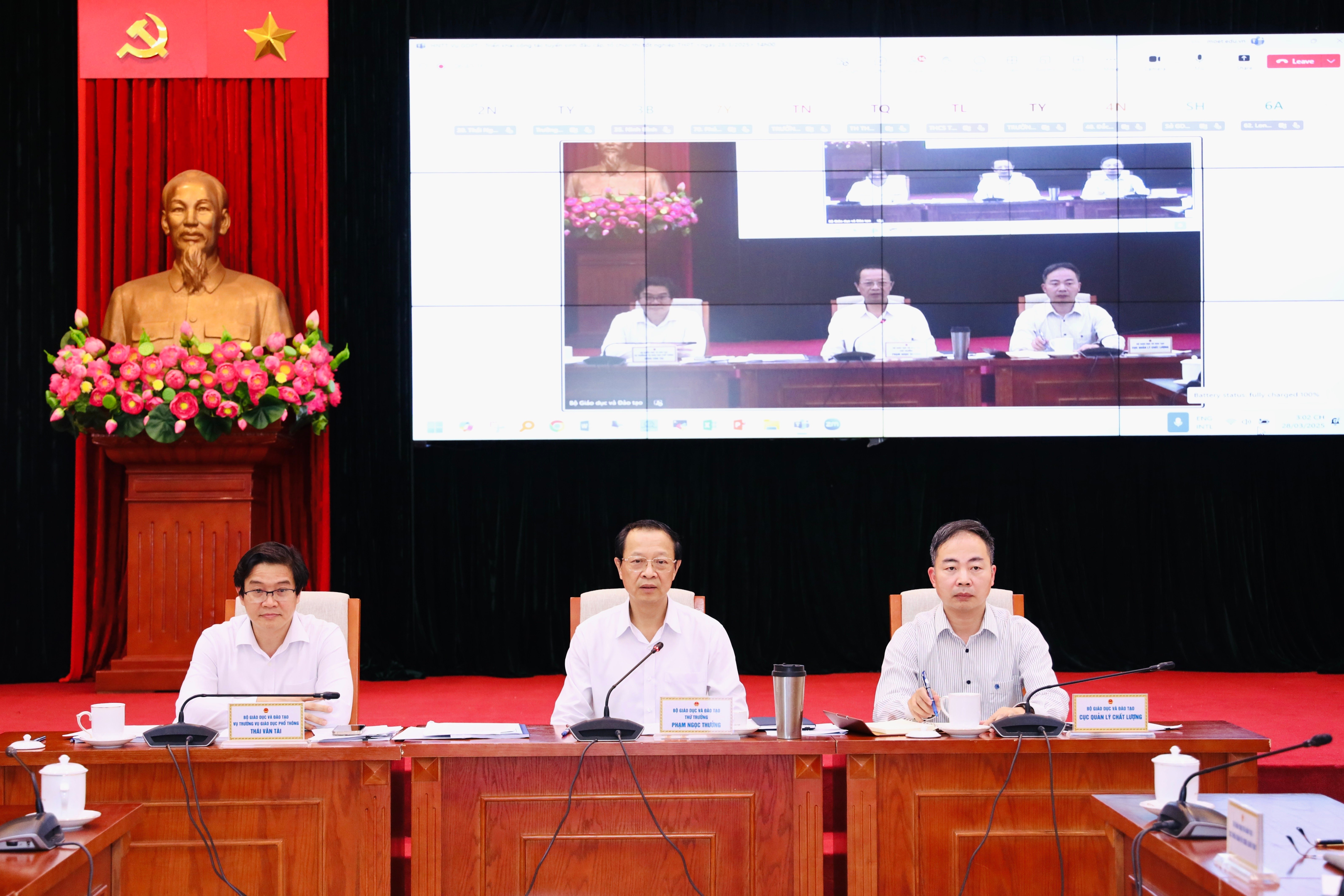
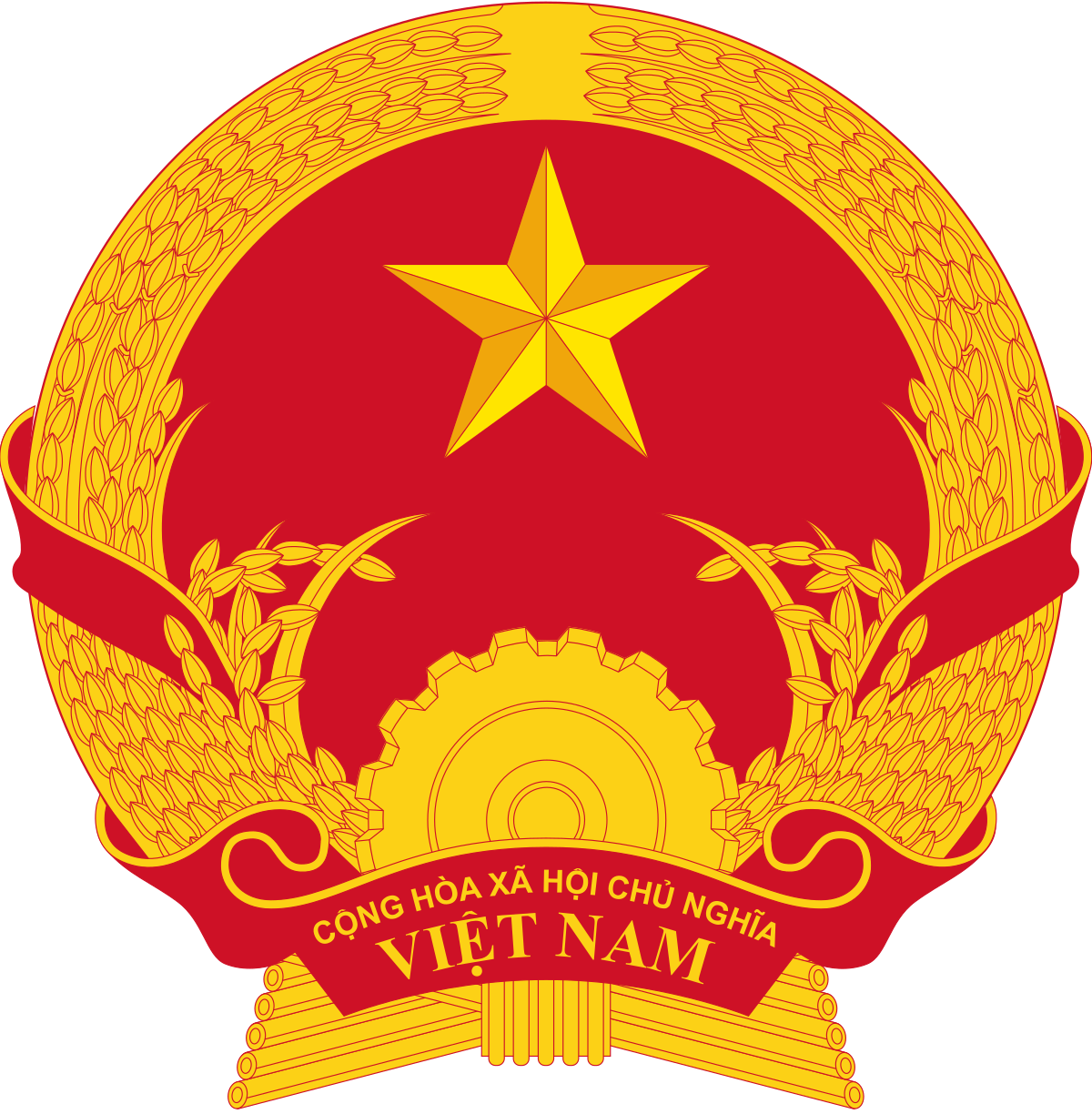
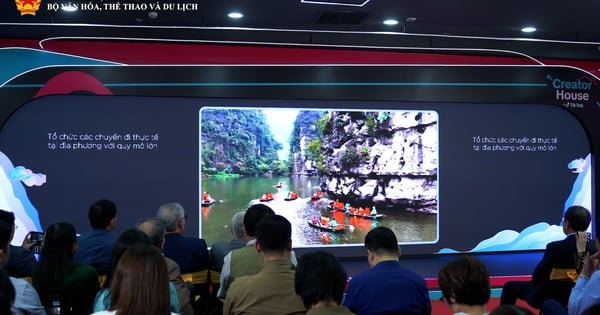

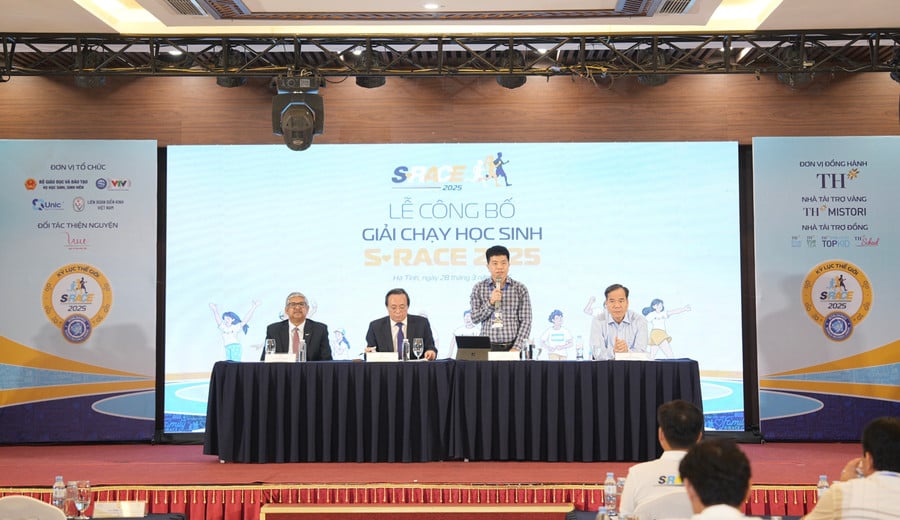
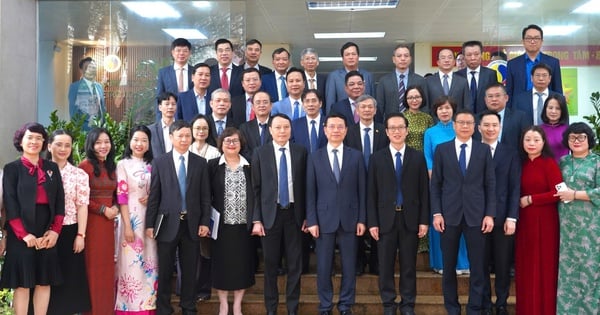
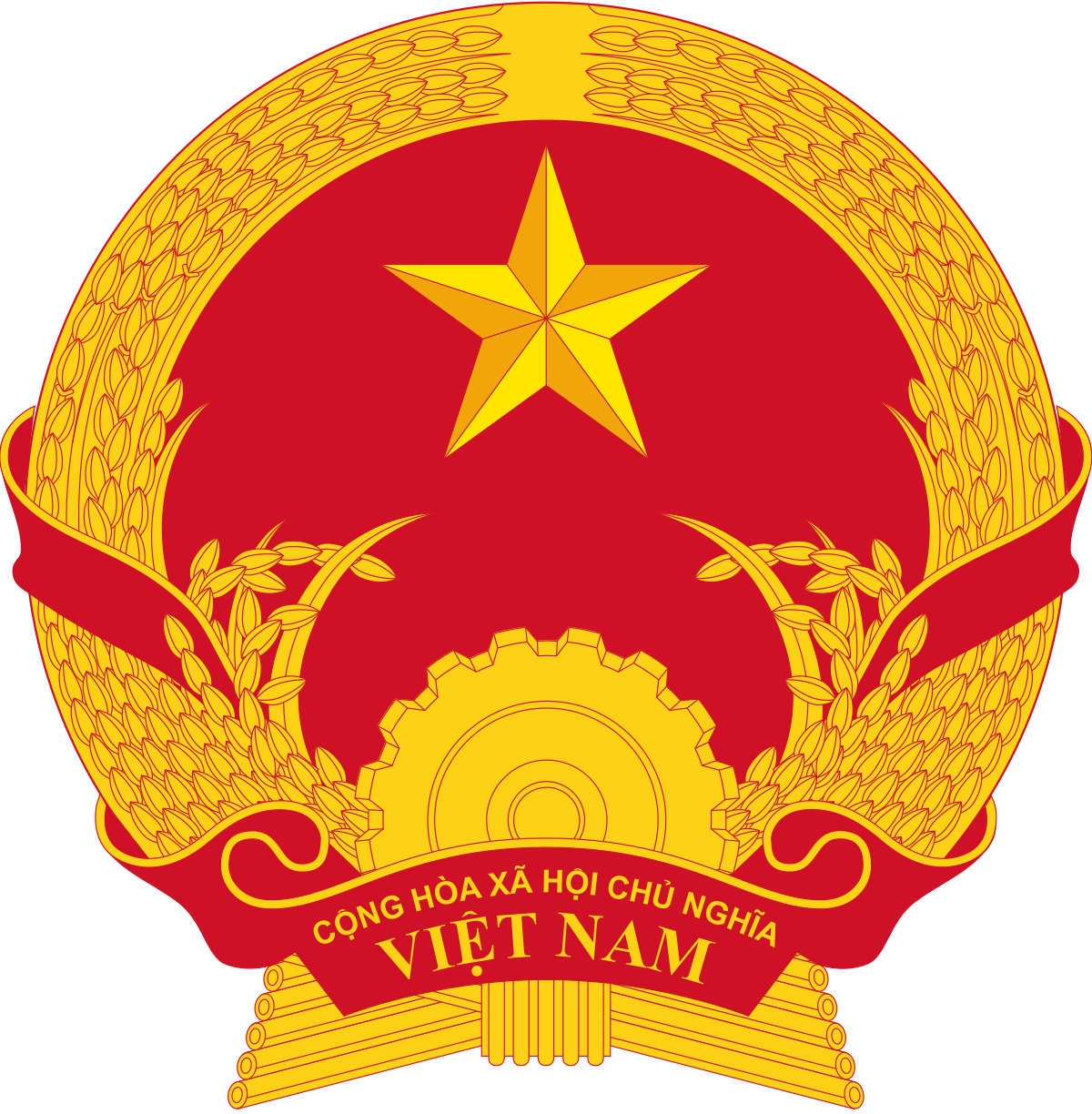
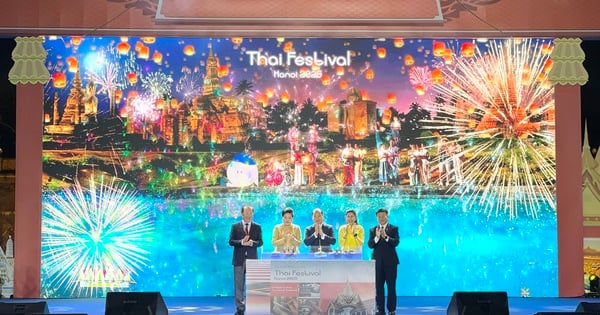
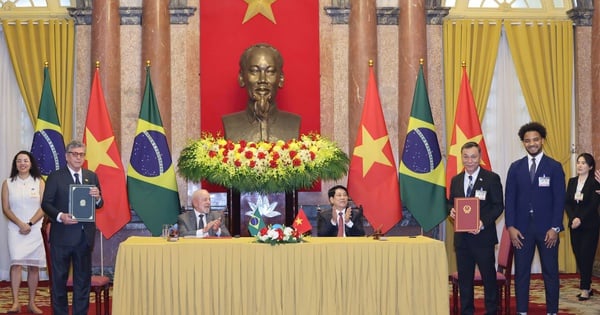
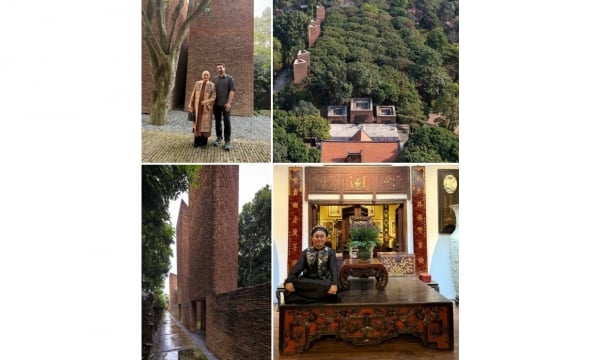

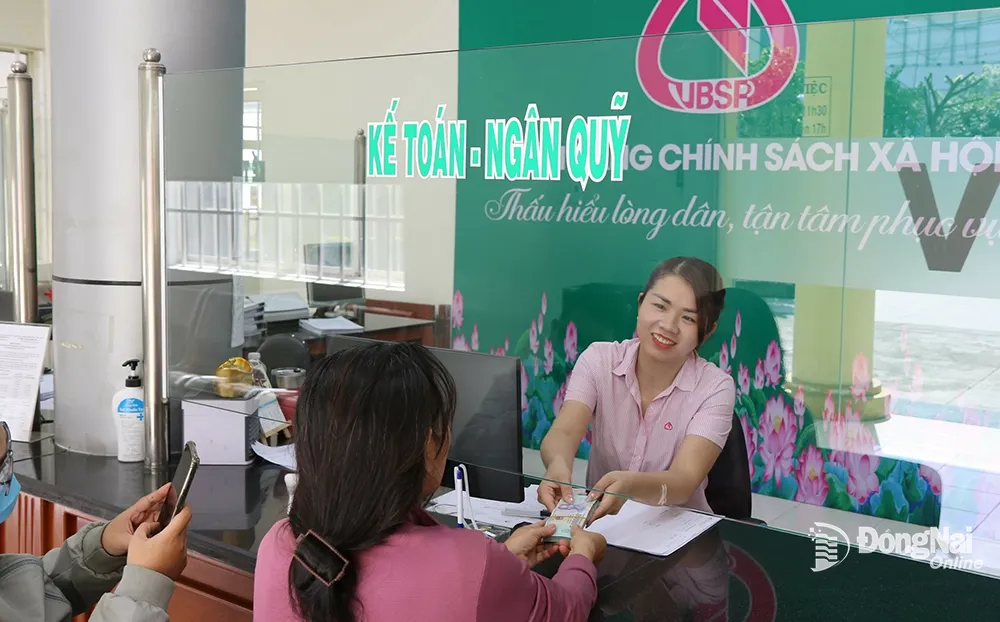

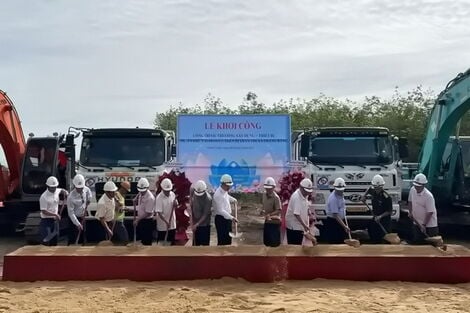

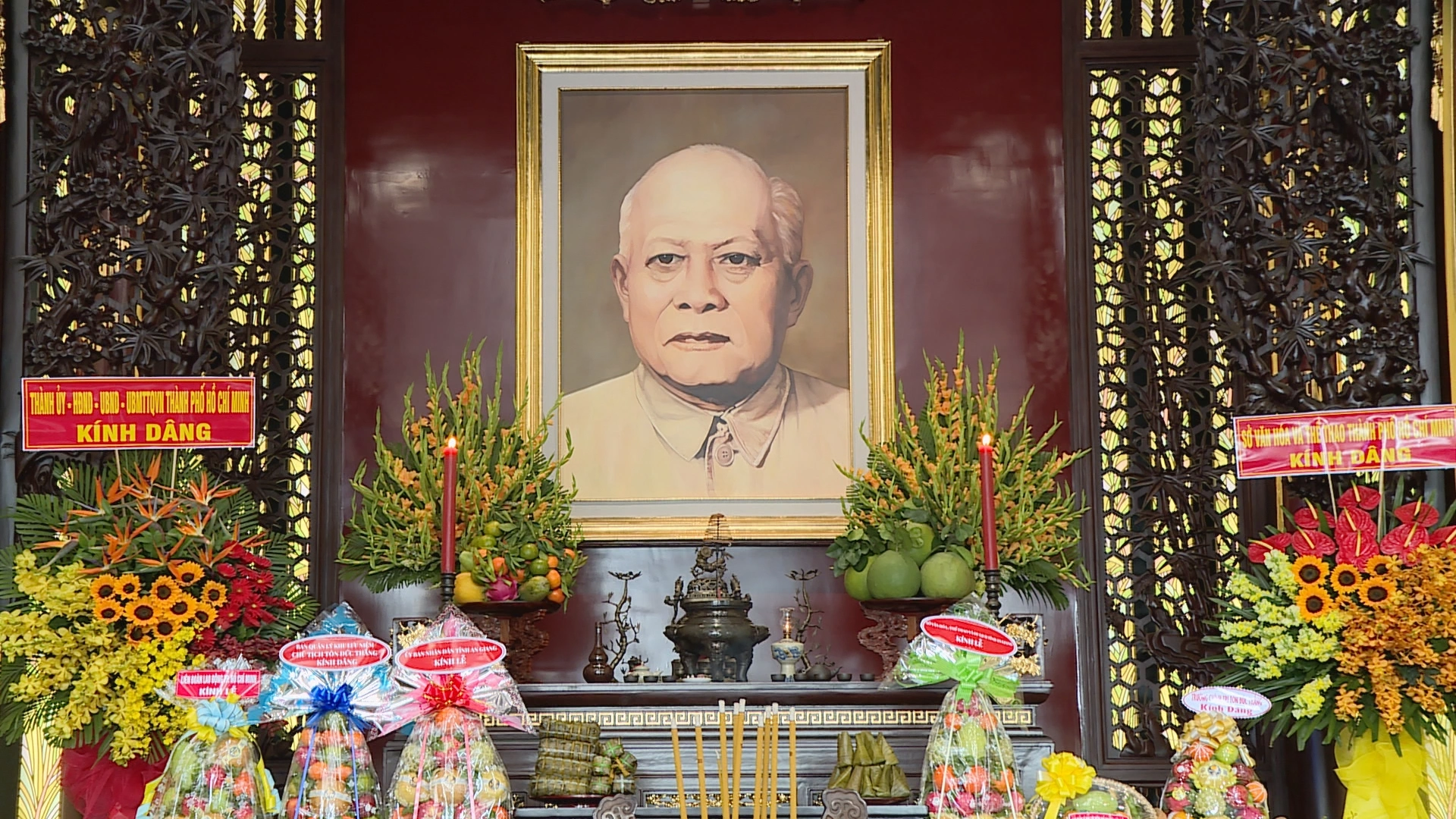

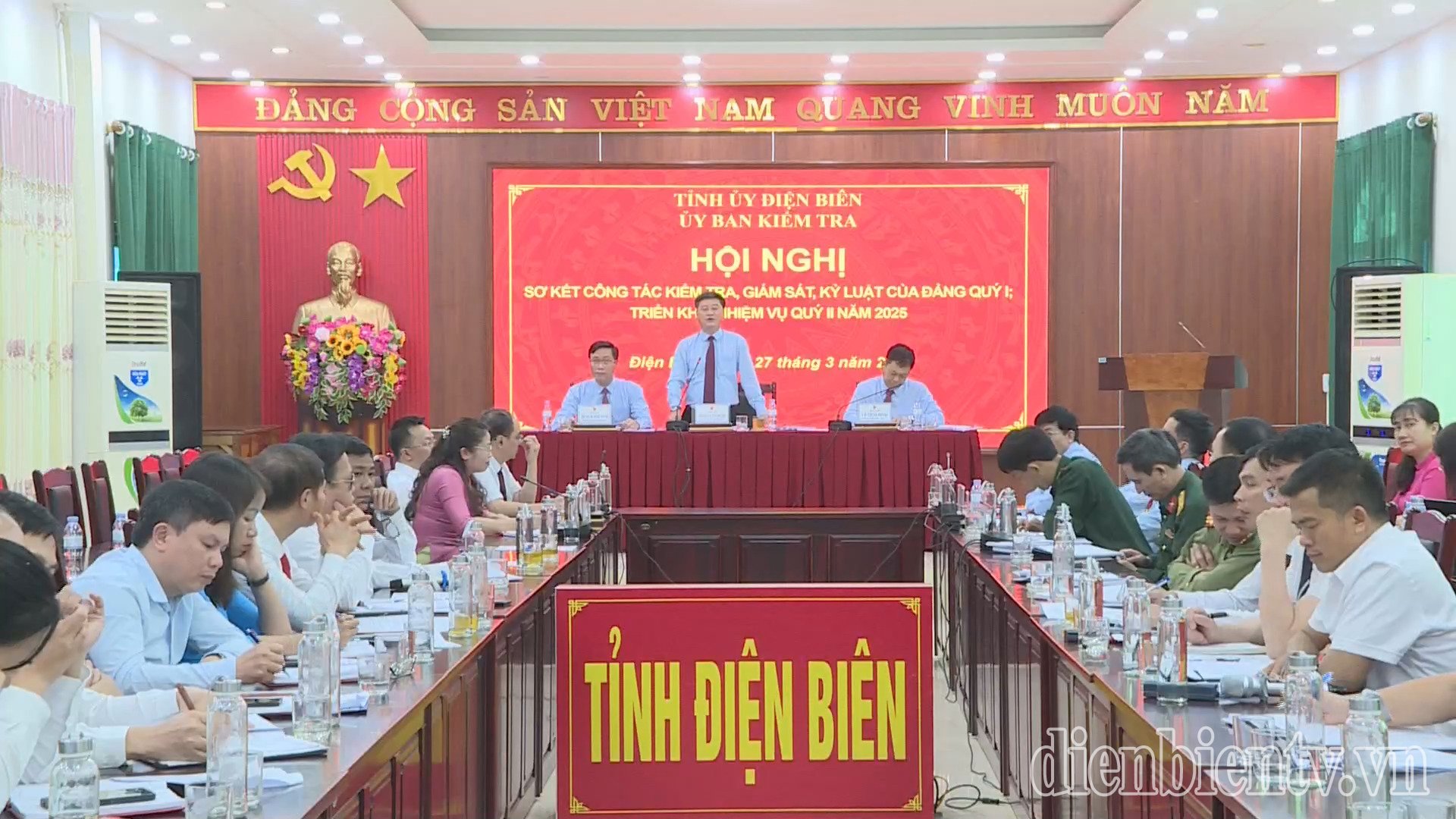
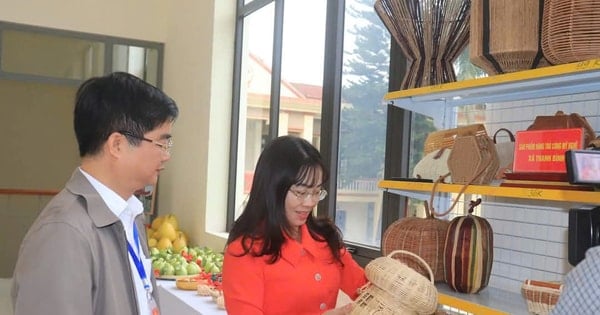
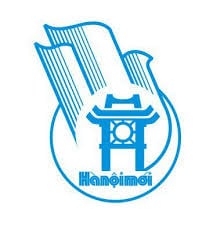
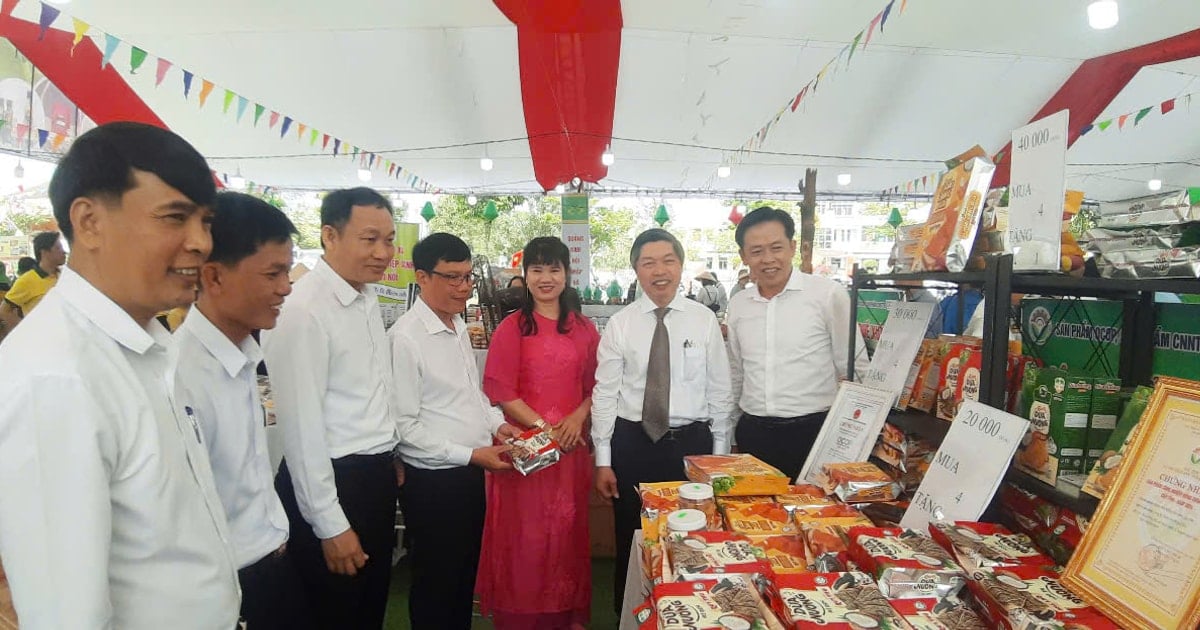

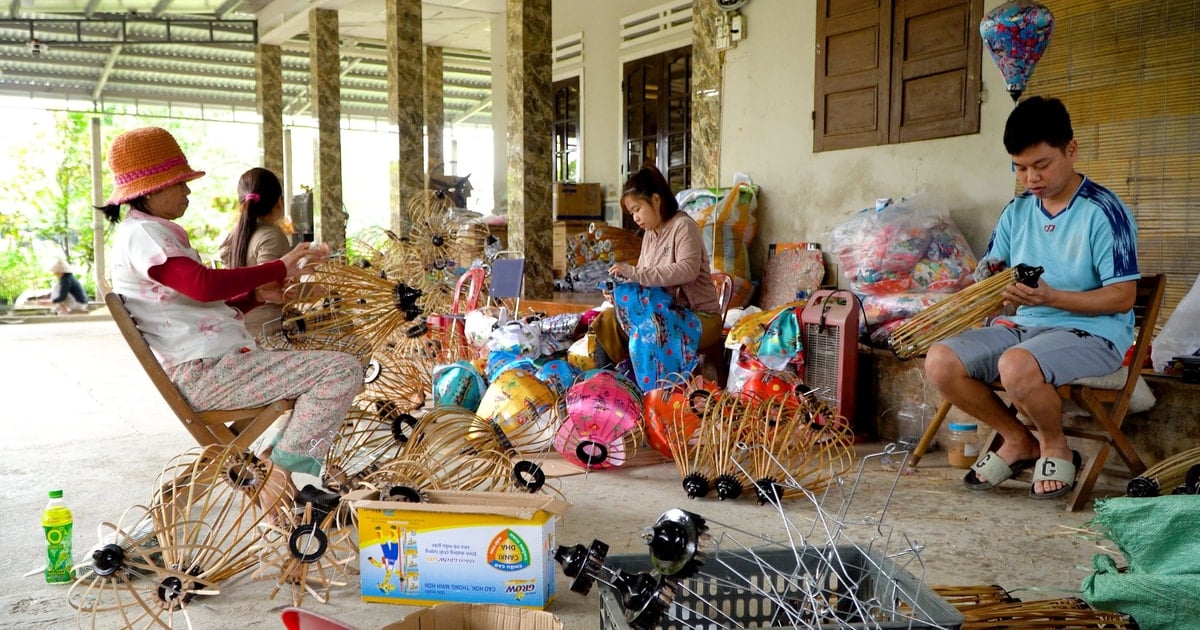
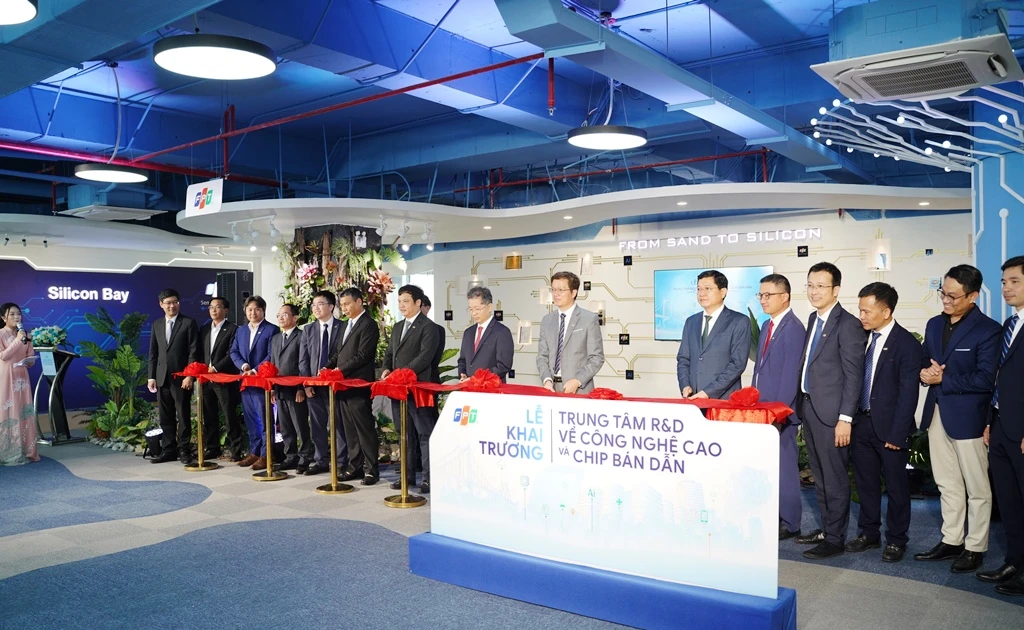
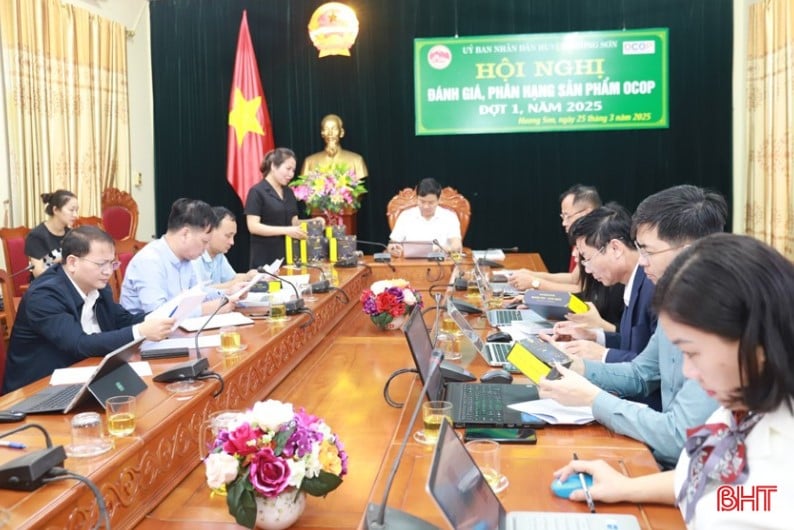
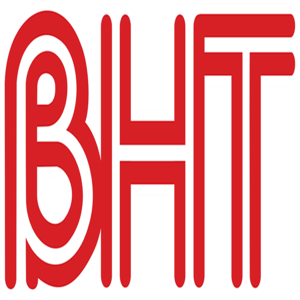
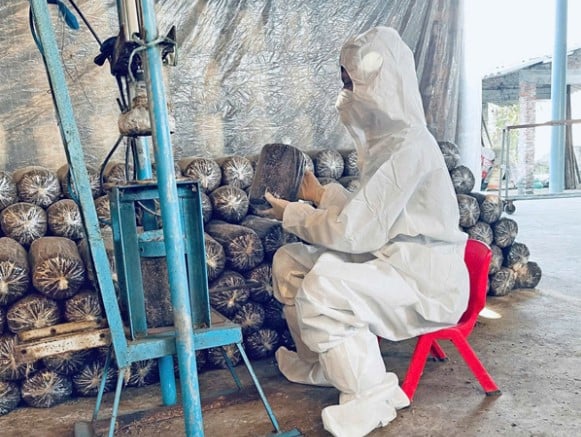
Comment (0)